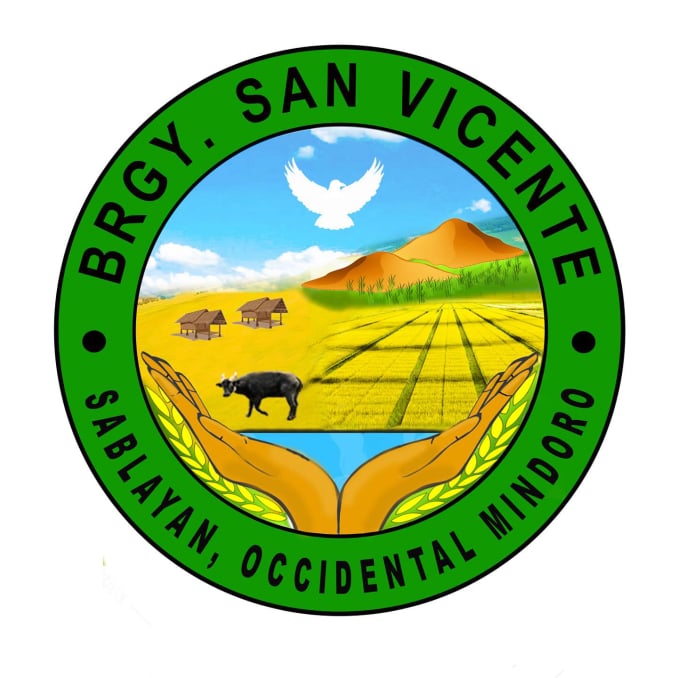Barangays > San Vicente

|
Brief History |
This place was a forested area which served as sanctuary of the tamaraw during the American regime. In one part of the forest, a big tree locally known as katuray grew. The indigenous people who hunted for wildlife in this area used to rest under the shade of the big tree.
A year after World War II, many families of farmers from Luzon and the Visayas arrived and settled in this place. They cleared the forested area and converted it into ricefields and cornfields.
Since the pioneers of this place also used to rest under the shade of the katuray tree, they named their settlement as Katuray. It became a sitio of Sablayan.
In 1946, heeding the request of its inhabitants, the municipal council of Sablayan elevated Katuray to the status of a barrio. Teodulo Urietawas appointed as the first teniente del barrio. During his term of office he strived for the opening of a primary school in this barrio although its first classrooms were made of lumber, bamboo and cogon.
In 1958, District Supervisor Vicente de Guzman of the Bureau of Public Schools visited Katuray. He was the first high ranking official of the Department of Education to visit this place, thus, the people felt extremely happy and honored. Due to that memorable visit, when the people through the leadership of Teniente del Barrio Victoriano Bernabe requested the municipal council of Sablayan to change the name of their barrio, they agreed to call it San Vicente. The request was granted and starting that year Katuray became San Vicente.
When the highway from Mamburao to San Jose was constructed during the early part of Decade 60’s, it passed through San Vicente. The highway was widened and improved during martial law period. Concrete bridges were constructed. As a result, passenger jeeps and buses frequently pass through this place.
In 1970, when barrio high schools were established in different parts of the Philippines, a public high school was opened in San Vicente. The number of students increased that, years later, San Vicente Barrio High School became San Vicente National High School.
That same year, National Irrigation Administration (NIA) established its municipal office in San Vicente. The said agency constructed an irrigation system for the ricefields not only in this barrio but also in other adjacent barangays and sitios. The said project brought progress to the farmers.
A tragic incident happened in San Vicente in April 1986, when the representative of Occidental Mindoro to the Interim Batasang Pambansa, Assemblyman Pedro Mendiola, Sr. was shot and killed by an unidentified gunman while delivering his speech at the plaza of the barangay. The residents and leaders of the barangay were deeply shocked and saddened with that unfortunate incident.
With the assistance of the local and national officials, the plaza of the barangay was improved and the barangay hall, day care center and children’s playground were constructed.


